The formation of intestinal gases is a physiological process that normally does not cause much discomfort. Problems arise when it is too intense, causing painful bloating (flatulence) and lowering the quality of life. An understanding of the mechanism of gas formation in the intestine helps to avoid this - the reasons for how to get rid of painful symptoms and preventive measures became the topic of our conversation today.
Material Content:
Causes of flatulence
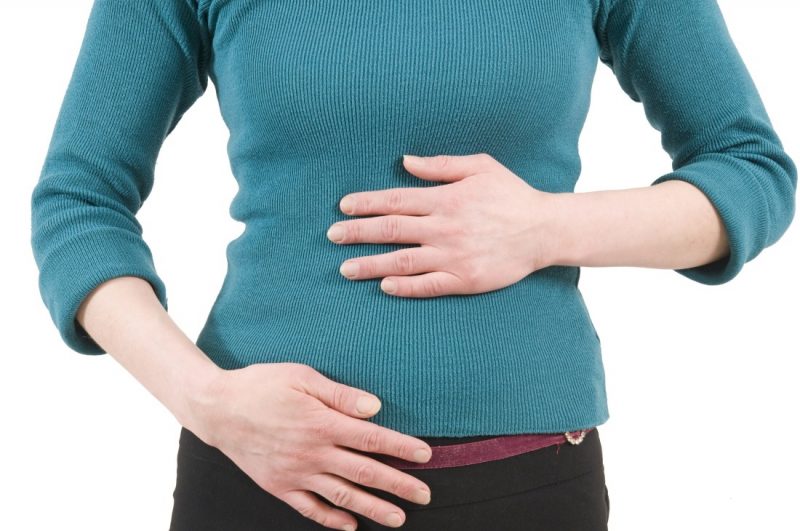
The mechanism of excessive gas formation can be pathological (caused by a serious illness) or non-pathological:
| Non-pathological causes | Pathological causes |
|---|---|
| • aerophagy - swallowing a large amount of air with fast food, conversation, smoking; • the use of highly carbonated drinks; • the presence in the diet of products that cause fermentation in the digestive tract (whole milk, beans, cabbage, apples, brown bread); • inactive lifestyle. | • imbalance of intestinal microflora; • insufficient secretion or rapid destruction of enzymes; • poor absorption of gases from the intestine due to local circulatory disorders; • insufficient intestinal motility; • tumors, adhesions, accumulation of dense feces and other obstacles inside the intestine. |
Flatulence caused by non-pathological processes is easily eliminated. If excessive gas formation is provoked by a disease of the digestive tract (gastrointestinal tract), competent diagnosis and an integrated approach to treatment are required.
What diseases does it indicate?
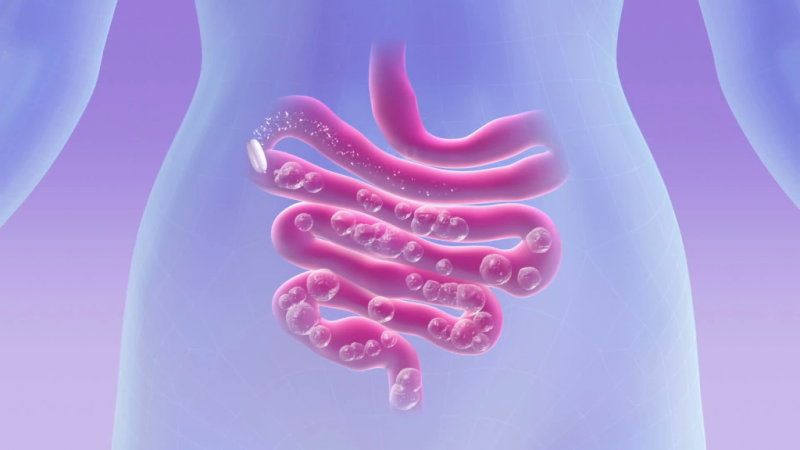
If the symptoms of excessive gas formation are not related to eating habits, lifestyle or aerophagy, they may indicate the presence of the following pathologies:
- dysbiosis;
- pancreatitis
- hepatitis, cirrhosis, violations of the outflow of bile;
- chronic constipation;
- ulcerative lesions of the stomach and intestines;
- inflammation in the intestines (colitis, enteritis);
- peritonitis;
- portal hypertension (increased pressure in the hepatic and inferior vena cava);
- bowel obstruction;
- hemorrhoids;
- appendicitis;
- helminthiasis;
- intestinal infections;
- neoplasms in the intestines;
- hormonal dysfunctions;
- malabsorption of glucose and galactose;
- celiac disease (gluten intolerance).
According to medical statistics, excessive gas formation accompanies 85% of pathologies of the digestive system.
Symptoms of gassing in the intestines
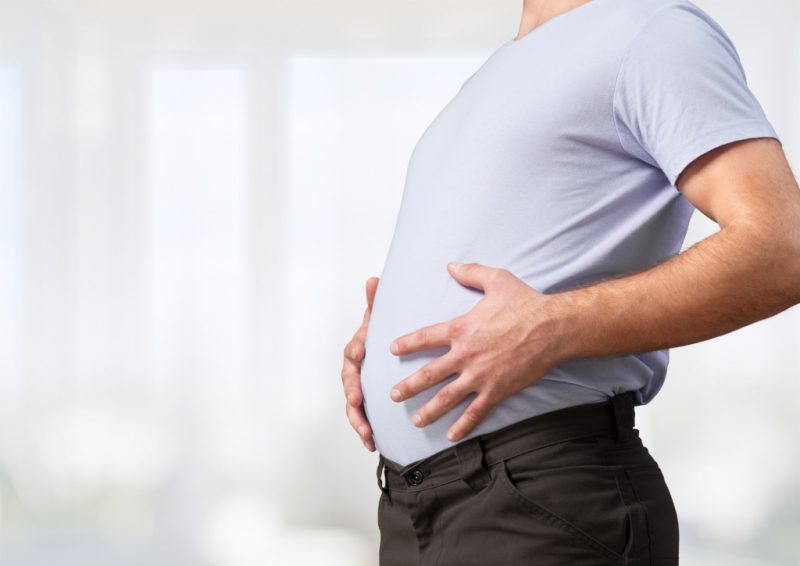
The process of active gas formation inside the intestine is accompanied by the following symptoms:
- bubbling in the stomach;
- feeling of fullness and bloating;
- frequent and abundant flatus - the emission of gases from the lower part of the large intestine.
With severe bloating, spasms and colic often occur in the lower abdomen caused by overstretching of the intestinal wall. Acute flatulence can be accompanied by a feeling of nausea, weakness, pain in the stomach, belching with an unpleasant odor. If increased gas formation occurs due to a disease, the picture is supplemented by symptoms of this pathology.
Diagnostic measures
Complaints of flatulence should be consulted by a gastroenterologist. It is he who will be able to establish the true cause of increased gas formation and develop treatment tactics.
Diagnostic measures for complaints of flatulence include the following methods:
| Survey method | The essence and purpose of the survey |
|---|---|
| Palpation, auscultation and percussion | To assess the nature of the distention, the size and position of the abdominal organs, to establish the foci of distention, to suspect or exclude appendicitis, intestinal obstruction, ascites and portal hypertension by the presence of noise. |
| General blood analysis | By the number of leukocytes and ESR to determine the presence of inflammation, intoxication, infections, tumors. |
| Blood chemistry | By the concentration of organic compounds in the blood, identify possible problems with bile secretion and liver, intoxication (poisons, alcohol), helminthic invasions. |
| Coprogram | According to the results of a laboratory study of feces, get an idea about the work of the enzyme system, acidity, bleeding, helminthic invasions, the presence of fungi, protozoa, and the state of the pancreas. |
| Bacterial stool culture | Assess the nature of intestinal microflora, detect a bacterial infection. |
| Ultrasound scan | Visually assess the state of the digestive system, detect tumors, adhesions, foci of inflammation, cysts, gall and fecal stones, infiltrates. |
In some cases, an intestinal x-ray may be required. Radiography also reveals tumors, adhesions, accumulations of fluid, gases and feces, intestinal obstruction.
Based on the data received, the doctor makes a final diagnosis and prescribes treatment.
How to get rid of gases?
If bloating is not caused by a disease of the digestive tract, you can get rid of gases at home without resorting to medical care.

Drug treatment
First aid for flatulence is provided by funds from the groups of adsorbents, prokinetics, antifoam agents and enzyme preparations:
| Drug name | Group | Dosage and application | Contraindications |
|---|---|---|---|
| Smecta | Adsorbent | Stir 1 sachet in 100 ml of water, drink 3 times a day | • chronic constipation; • bowel obstruction; • osmotic diarrhea; • malabsorption of glucose and galactose. |
| Motilium | Prokinetic | Dissolve 1 tablet under the tongue and drink with water | • liver and kidney dysfunction; • bleeding in the intestines, perforation; • bowel obstruction; • prolactinoma; • heart rhythm disturbances. |
| Passasics | Prokinetic | 1 tablet half an hour before meals 3 times a day | • bowel obstruction; • prolactinoma; • pregnancy and lactation; • age up to 5 years; • perforation and bleeding in the stomach and intestines. |
| Espumisan | Antifoam agent | Children under 6 years old - 25 drops 3 times a day. Children over 6 years and adults - 2 capsules 3 times a day after meals. | • intestinal obstruction; • bowel obstruction. |
| Festal | Enzyme preparation | 1-2 tablets after a meal | •hepatitis; • pancreatitis; • intestinal obstruction; • hyperbilirubinemia; • gallstones; • age up to 3 years. |
| Pancreatin | Enzyme preparation | 1-2 tablets with meals | • pancreatitis; • intestinal obstruction; • acute hepatitis. |
With severe bloating, accompanied by cramps and colic, an antispasmodic should be taken. For this purpose, No-Shpa is suitable - 2 tablets 2-3 times a day for an adult or 1 tablet for a child under 12 years old.
If after taking the medications the condition does not improve within half an hour, the ambulance call cannot be postponed.
Diet for flatulence
With a tendency to flatulence, it is not enough to get rid of gases once. So that the problem does not return, it is advisable to monitor the diet and follow a certain diet.

In this case, you should adhere to a number of recommendations:
- eat slowly, chewing well;
- divide meals into small portions and eat 5-6 times a day;
- exclude snacks on the go;
- Do not eat too hot or cold food;
- split the main course and desserts at intervals of 2 hours;
- observe drinking regimen.
Normalization of the diet should be supplemented by lifestyle correction. Good digestion is facilitated by adequate sleep, moderate physical activity and reduced stress.
Allowed and Prohibited Products
To get rid of frequent bloating will help proper heat treatment of products. With flatulence, you will have to abandon fried foods and often cook food for a couple. You can also boil it, stew or bake in foil.
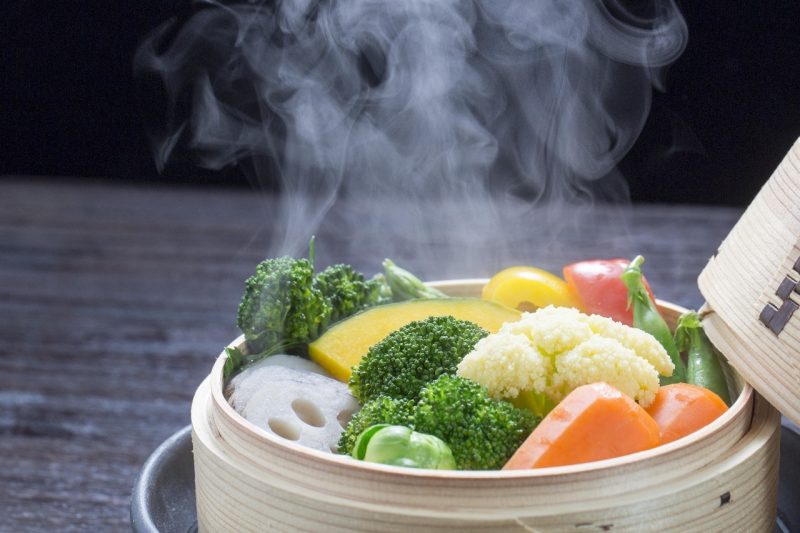
You can avoid increased gas formation, being from products that provoke putrefactive processes and fermentation in the intestine:
- fresh brown bread;
- whole milk or cream;
- legumes;
- some vegetables and greens (radish, cabbage, tomatoes, spinach, onions, garlic);
- simple carbohydrates (confectionery, ice cream, chocolate);
- pearl barley and millet cereals;
- some fruits (fresh apples, grapes, gooseberries, kiwi, pears, dates);
- carbonated drinks, beer and spirits;
- mushrooms.
Sometimes, with a tendency to aerophagy (ingestion of air), it makes sense to abandon the use of chewing gum.
With flatulence, it is recommended to include light foods in the menu that can improve intestinal motility:
- Baked fruits
- dried wheat bread;
- dairy products;
- buckwheat;
- boiled or baked potatoes, beets, carrots.
Of meat, veal, rabbit, chicken and turkey fillets should be preferred. Eggs can only be in the form of scrambled eggs or boiled soft-boiled. It is better to choose lean fish and cook it steamed or in the oven.
Folk remedies
Often, manifestations of flatulence can be removed with the help of soft folk remedies on a plant basis.
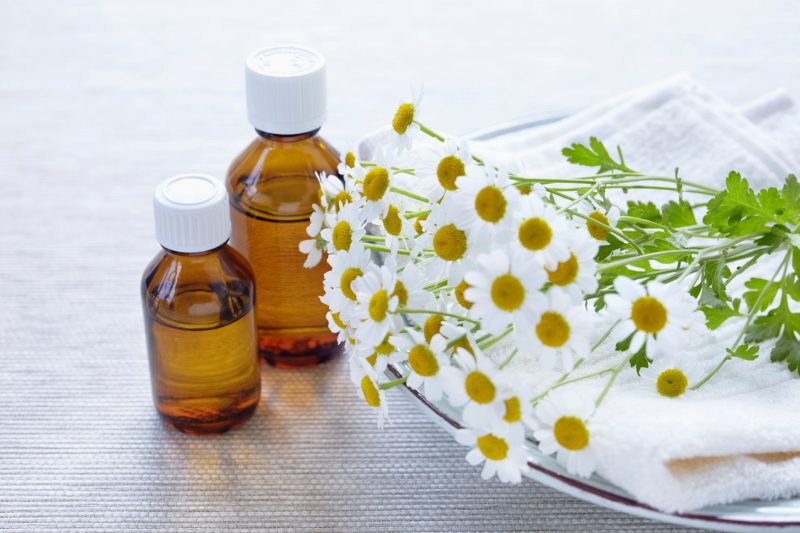
The proven effect is possessed by such recipes:
- Seeds of fennel, caraway seeds, dill or carrots (1 tablespoon) brew 200 ml of boiling water. Keep under cover for 2 hours. Drink infusion during the day at 50 ml every hour.
- Pharmacy chamomile (1 tablespoon) brew 200 ml of boiling water. Keep under cover for 2 hours. Drink the infusion of 100 ml 4 times a day.
- Dry mint (1 tablespoon) and valerian root (1 teaspoon) brew 250 ml of boiling water, stand in a thermos for 3 hours. Drink an infusion of 0.5 cup 4 times a day.
It is better to refrain from using such products from gases as potato juice, wormwood infusion or a mixture of soda and lemon.
They can affect the acidity of the stomach, and without the supervision of a doctor, the consequences of such self-medication can be unpredictable.
Prevention
To prevent the development of flatulence, it is enough to observe the above nutritional rules and undergo regular medical examination. If signs of a pathology of the digestive system are found, do not ignore them, but consult a doctor.

Bloating by itself is not dangerous, but if it occurs too often, it makes sense to undergo a full examination. Early detection of a disease increases the chances of a full recovery.
- Zlata












